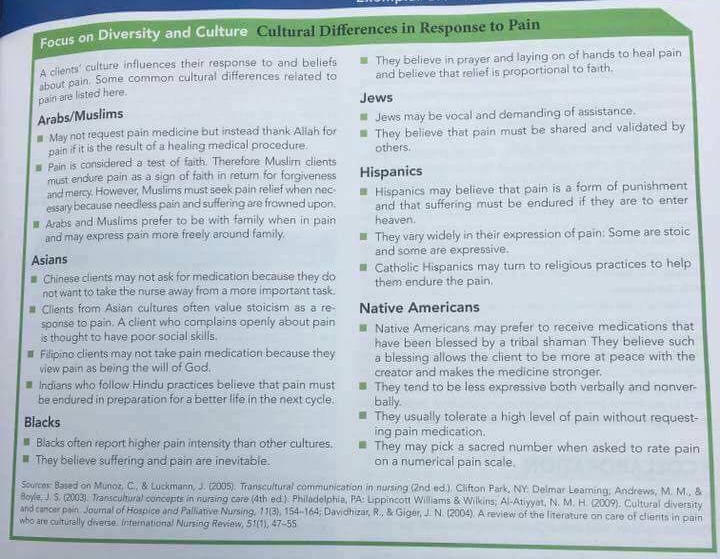Painkiller Study Conducted at Poorly Rated Hospital
/By Pat Anson, Editor
Over-the-counter pain relievers are just as effective as opioid medication in treating short-term acute pain in a hospital emergency room, according to a widely touted study published in the Journal of the American Medical Association (JAMA).
The study was relatively small – only 416 patients participated – and it was conducted at a New York City hospital with a poor history of pain care. Still, it's getting a lot of media coverage. “Milder pill may be best for pain” is the front page headline in the Los Angeles Times. “Drugstore pain pills as effective as opioids” said STAT News. “Opioids Not the Only Answer for Pain Relief” reported HealthDay.
Researchers said patients with moderate to severe acute pain in their arms or legs got just as much pain relief after being given a combination of acetaminophen and ibuprofen than those who took hydrocodone, oxycodone or codeine. The study only measured pain relief for two hours.
Patients with sickle cell disease, fibromyalgia, neuropathy or any type of pain that lasted more than seven days were excluded from the study because researchers only wanted to focus on short term pain.
"Although this study focused on treatment while in the emergency department, if we can successfully treat acute extremity pain with a non-opioid combination painkiller in there, then we might be able to send these patients home without an opioid prescription," said lead author Andrew Chang, MD, a professor of emergency medicine at Albany Medical Center.
"We know that some patients who are given an opioid prescription will become addicted, so if we can decrease the number of people being sent home with an opioid prescription, then we can prevent people from becoming addicted in the first place."
What Chang, JAMA and the news reports all fail to mention is that the study was conducted at one of the worst hospitals in the nation. In an annual survey of Medicare patients, Montefiore Medical Center in New York City was given only one star (out of five possible), placing it in the bottom 2.44% of hospitals nationwide.
Montefiore was rated poorly on a variety of quality measures, including pain care. Only 64 percent of the patients treated there said their pain was “always” well controlled, compared to the national average of 71 percent.
‘Worst Hospital in the Entire City’
Many of the online reviews of Montefiore’s emergency room are scathing.
“Please do not come to the ER unless you want to die or are used to unsympathetic health professionals,” warned Amanda G. on Yelp. “I have severe abdominal pain and I'm walking home in tears right now. I came in told the nurse there my symptoms and she couldn't have made it clearer that she couldn't care less.”
“This has to be the worst hospital in the entire city. The nurses in the ER are rude and don't care about your well being. The ER is filthy. People stacked on top of each other,” wrote Robert in a Google review.
MONTEFIORE MEDICAL CENTER PHOTO
“The emergency room sucks. The doctors sit around on the computers gossiping. I even overheard a few doctors saying ‘why aren’t we picking up patients?’ Meanwhile there’s a room full of patients not being taken care of. There’s a patient screaming for help and no one hears him. All the staff members just walk by him,” wrote Zoe D. on Yelp.
“Somebody told me this place was the equivalent of going to a hospital in Manhattan. They lied! I went to the emergency room today for chest pains, I ended up sitting there for four hours never to be seen by a doctor. I ended up walking out and leaving still with my chest pains,” said Phonz R. on Yelp.
“Their ER department is horrible. I went to the ER with my mom via ambulance, we got there (a little) before 1pm. Fast forward 1:58 in the morning she still wasn't put in a room,” wrote J.L. Eaddy on Google. “This was the absolute worst ER I've ever encountered. And I NEVER want to come back again. I wish I had the option to give it negative stars.”
Unfortunately, complaints such as these are not unusual in busy, urban teaching hospitals like Montefiore. And not all the reviews are poor. U.S. News and World Report gave high rankings to Montefiore in a number of areas, although it didn’t specifically rank its emergency department. Montefiore was recently given a lukewarm “C” rating by the Leapfrog group, a non-profit that grades hospitals on quality and safety.
Many pain patients have poor experiences in hospitals. In a survey of nearly 1,300 patients by PNN and the International Pain Foundation, over half rated the quality of their pain care in hospitals as either poor or very poor. About two-thirds of the patients said non-opioid pain medications were ineffective.
























